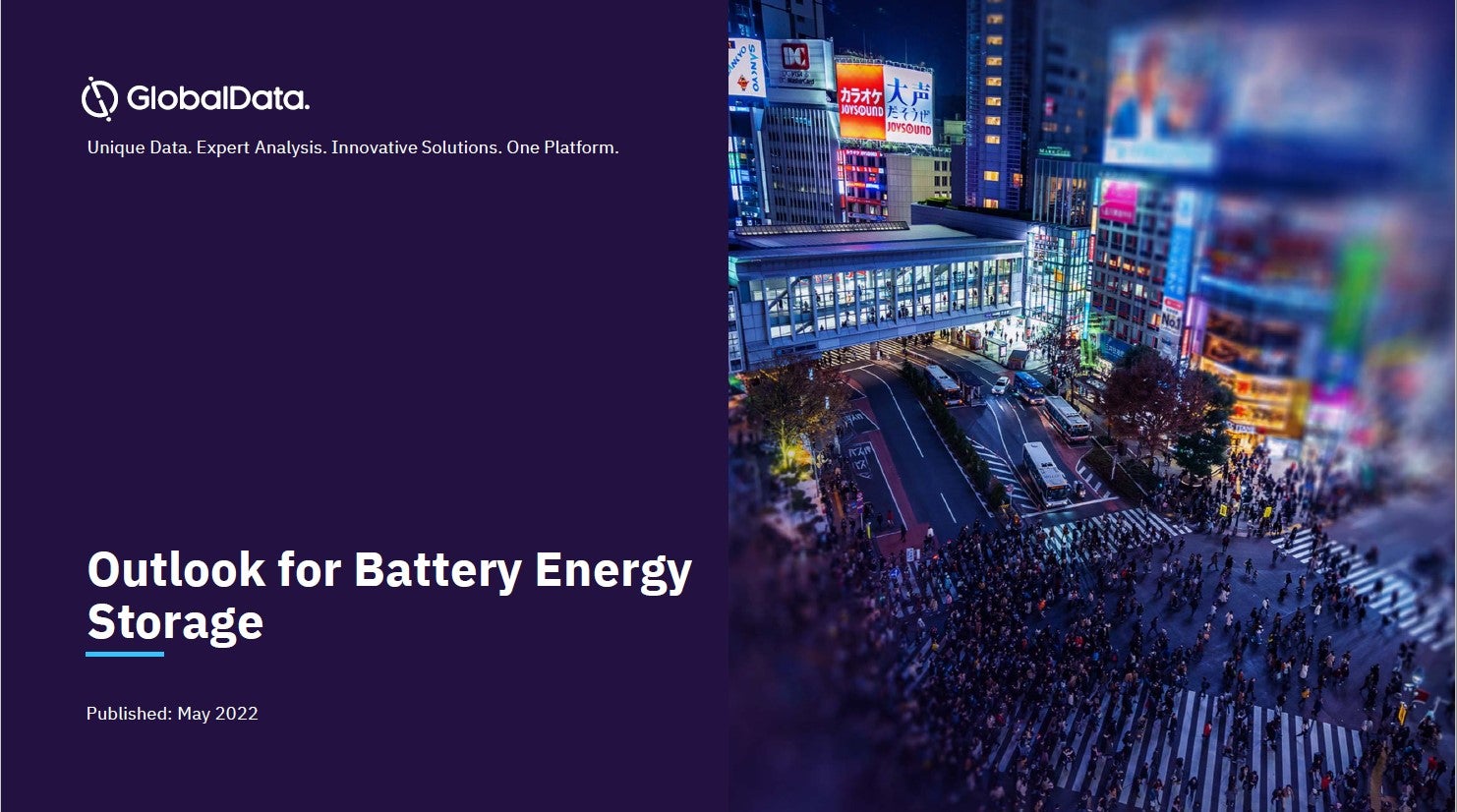The Iron Horse Battery Energy Storage System is a 10,000kW energy storage project located in Arizona, US.
The electro-chemical battery energy storage project uses lithium-ion as its storage technology. The project was commissioned in 2017.
How well do you really know your competitors?
Access the most comprehensive Company Profiles on the market, powered by GlobalData. Save hours of research. Gain competitive edge.

Thank you!
Your download email will arrive shortly
Not ready to buy yet? Download a free sample
We are confident about the unique quality of our Company Profiles. However, we want you to make the most beneficial decision for your business, so we offer a free sample that you can download by submitting the below form
By GlobalDataDescription
The Iron Horse Battery Energy Storage System was developed by E.ON Climate & Renewables North America. The project is owned by E.ON Climate & Renewables North America (100%), a subsidiary of E.ON.
The key applications of the project are frequency regulation, voltage control and grid support services.
Contractors involved
E.ON Climate & Renewables North America and Landis+Gyr have delivered the battery energy storage project.
Additional information
The 10 MW lithium titanium oxide storage facility and accompanying 2 MW solar array is now helping Tucson Electric Power (TEP) to maintain reliable electric service for more than 400,000 customers by providing frequency regulation and voltage control support. Landis+Gyr designed, engineered, and supplied a 10 MW containerized lithium-ion energy storage system based on Toshiba’s SCiB technology for this project.
About E.ON Climate & Renewables North America
E.ON Climate & Renewables North America Inc (E.ON), a subsidiary of E.ON SE is a renewable energy company that develops, owns and operates renewable energy projects. The company operates and develops wind energy and solar energy projects. Its wind energy projects include sand bluff, munsville wind farm, forest creek wind farm, wildcat, anacacho, roscoe, champion, inadale, Grandview, pyron, magic valley, panther creek, settler trails, and others. E.ON’s solar energy projects comprise maricopa west, TPS, valencia, fort Huachuca, and others. The company offers operation, maintenance and asset management services. E.ON is headquartered in Chicago, Illinois, the US
Methodology
All publicly-announced energy storage projects included in this analysis are drawn from GlobalData’s Power IC. The information regarding the projects are sourced through secondary information sources such as country specific power players, company news and reports, statistical organisations, regulatory body, government planning reports and their publications and is further validated through primary from various stakeholders such as power utility companies, consultants, energy associations of respective countries, government bodies and professionals from leading players in the power sector.




